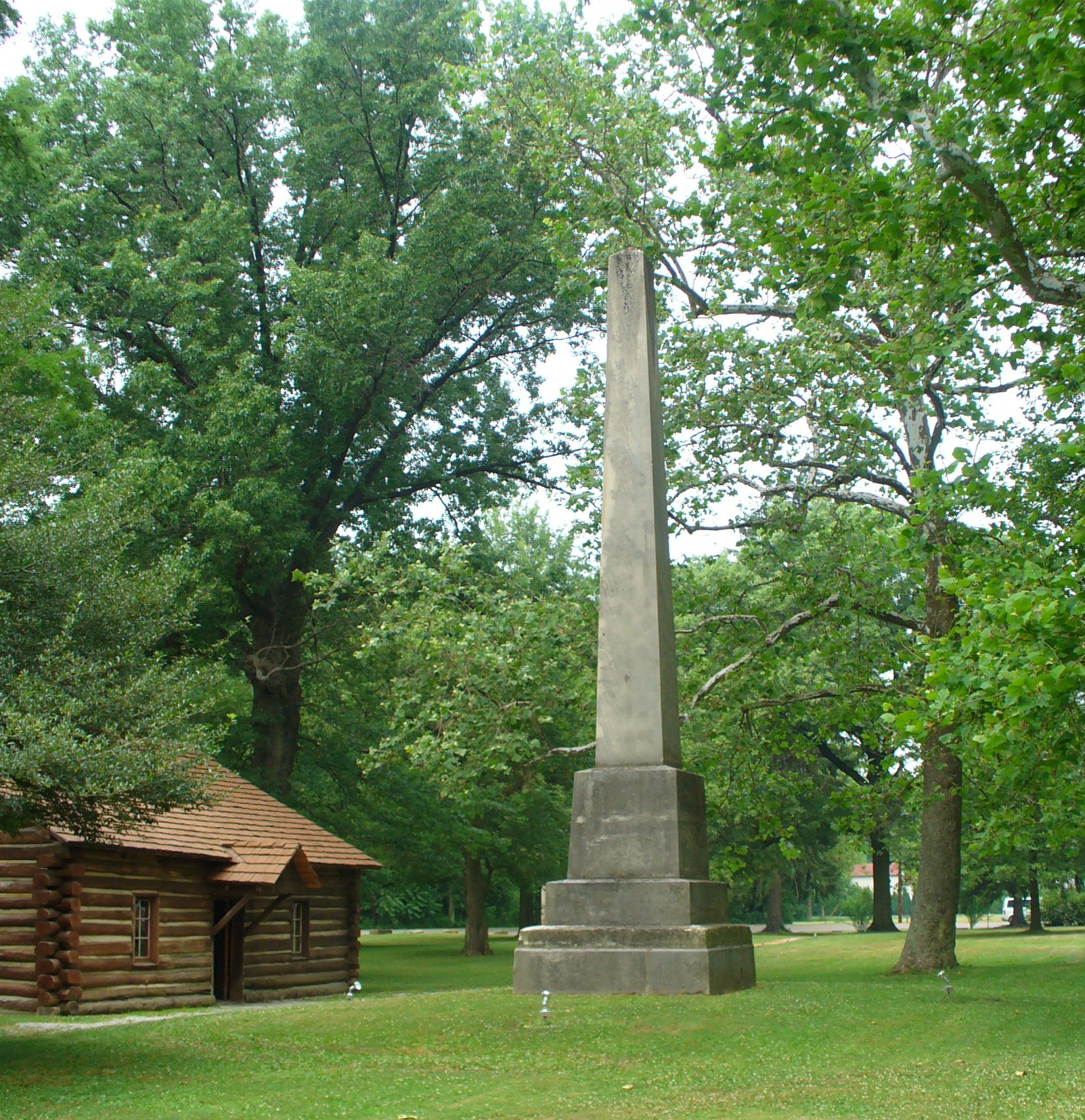|
Judereglementet
Judereglementet was a 1782 Swedish statute containing regulations "for those of the Jewish Nation wishing to move to and settle in the Kingdom (of Sweden)" without having to convert to Lutheranism, as the law had stipulated hitherto. It enabled Jews to settle and become naturalized Swedish citizens; as long as they were in possession of a fortune. Earlier legislation banning Jews altogether was modified so as to only ban poor Jews. The minimum capital stipulated was two thousand riksdaler that included clothes, effects, household inventory, running costs, ready cash AND bills of exchange. Jews could not bring domestic servants with them, lest they smuggle beggar Jews (tiggare Judar) into the country. Jews were restricted to three cities: Stockholm, Gothenburg and Norrköping, where they were permitted to build synagogue A synagogue, ', 'house of assembly', or ', "house of prayer"; Yiddish: ''shul'', Ladino: or ' (from synagogue); or ', "community". sometimes ref ... [...More Info...] [...Related Items...] OR: [Wikipedia] [Google] [Baidu] |
Judereglementet 1782
Judereglementet was a 1782 Swedish statute containing regulations "for those of the Jewish Nation wishing to move to and settle in the Kingdom (of Sweden)" without having to convert to Lutheranism, as the law had stipulated hitherto. It enabled Jews to settle and become naturalized Swedish citizens; as long as they were in possession of a fortune. Earlier legislation banning Jews altogether was modified so as to only ban poor Jews. The minimum capital stipulated was two thousand riksdaler that included clothes, effects, household inventory, running costs, ready cash AND bills of exchange. Jews could not bring domestic servants with them, lest they smuggle beggar Jews (tiggare Judar) into the country. Jews were restricted to three cities: Stockholm, Gothenburg and Norrköping, where they were permitted to build synagogue A synagogue, ', 'house of assembly', or ', "house of prayer"; Yiddish: ''shul'', Ladino: or ' (from synagogue); or ', "community". sometimes ref ... [...More Info...] [...Related Items...] OR: [Wikipedia] [Google] [Baidu] |
Antisemitism In Sweden
The Jewish community in Sweden has been prevalent since the 18th century. Today Sweden has a Jewish community of around 20,000,Specktor, Mordeca"Stockholm conference puts spotlight on Sweden's Jews" ''The American Jewish World''. Retrieved 17 December 2006 from the "Jews of Sweden", The Stockholm International Forum on the Holocaust website (26–28 January 2000). which makes it the 7th largest in the European Union. During 1933–39, some 3,000 Jews migrated to Sweden to escape persecution in Nazi Germany. Sweden was neutral during World War II, and due to this it became a place of asylum for Jews from occupied Europe. It is suggested that the reason for anti-semitism in its contemporary context is the mass migration of Muslims who have brought anti-Jewish attitudes from their countries of origin to Sweden. This anti-semitism can be seen in sporting, political and social acts, even in the post 2000 era. History Early history of Jews in Sweden Jews have been permitted to re ... [...More Info...] [...Related Items...] OR: [Wikipedia] [Google] [Baidu] |
Statute
A statute is a formal written enactment of a legislative authority that governs the legal entities of a city, state, or country by way of consent. Typically, statutes command or prohibit something, or declare policy. Statutes are rules made by legislative bodies; they are distinguished from case law or precedent, which is decided by courts, and regulations issued by government agencies. Publication and organization In virtually all countries, newly enacted statutes are published and distributed so that everyone can look up the statutory law. This can be done in the form of a government gazette which may include other kinds of legal notices released by the government, or in the form of a series of books whose content is limited to legislative acts. In either form, statutes are traditionally published in chronological order based on date of enactment. A universal problem encountered by lawmakers throughout human history is how to organize published statutes. Such publications h ... [...More Info...] [...Related Items...] OR: [Wikipedia] [Google] [Baidu] |
Stockholm
Stockholm () is the Capital city, capital and List of urban areas in Sweden by population, largest city of Sweden as well as the List of urban areas in the Nordic countries, largest urban area in Scandinavia. Approximately 980,000 people live in the Stockholm Municipality, municipality, with 1.6 million in the Stockholm urban area, urban area, and 2.4 million in the Metropolitan Stockholm, metropolitan area. The city stretches across fourteen islands where Mälaren, Lake Mälaren flows into the Baltic Sea. Outside the city to the east, and along the coast, is the island chain of the Stockholm archipelago. The area has been settled since the Stone Age, in the 6th millennium BC, and was founded as a city in 1252 by Swedish statesman Birger Jarl. It is also the county seat of Stockholm County. For several hundred years, Stockholm was the capital of Finland as well (), which then was a part of Sweden. The population of the municipality of Stockholm is expected to reach o ... [...More Info...] [...Related Items...] OR: [Wikipedia] [Google] [Baidu] |
Gothenburg
Gothenburg (; abbreviated Gbg; sv, Göteborg ) is the second-largest city in Sweden, fifth-largest in the Nordic countries, and capital of the Västra Götaland County. It is situated by the Kattegat, on the west coast of Sweden, and has a population of approximately 590,000 in the city proper and about 1.1 million inhabitants in the metropolitan area. Gothenburg was founded as a heavily fortified, primarily Dutch, trading colony, by royal charter in 1621 by King Gustavus Adolphus. In addition to the generous privileges (e.g. tax relaxation) given to his Dutch allies from the ongoing Thirty Years' War, the king also attracted significant numbers of his German and Scottish allies to populate his only town on the western coast. At a key strategic location at the mouth of the Göta älv, where Scandinavia's largest drainage basin enters the sea, the Port of Gothenburg is now the largest port in the Nordic countries. Gothenburg is home to many students, as the city includes ... [...More Info...] [...Related Items...] OR: [Wikipedia] [Google] [Baidu] |
Norrköping
Norrköping (; ) is a city in the province of Östergötland in eastern Sweden and the seat of Norrköping Municipality, Östergötland County, about 160 km southwest of the national capital Stockholm, 40 km east of county seat Linköping and 60 km west of the Södermanland capital of Nyköping. The city has a population of 95,618 inhabitants in 2016, out of a municipal total of 130,050,Folkmängd i Norrköpings kommun den 31 December 2010 making it Sweden's tenth largest city and eighth largest municipality. The city is situated by the mouth of the river , at |
Synagogue
A synagogue, ', 'house of assembly', or ', "house of prayer"; Yiddish: ''shul'', Ladino: or ' (from synagogue); or ', "community". sometimes referred to as shul, and interchangeably used with the word temple, is a Jewish house of worship. Synagogues have a place for prayer (the main sanctuary and sometimes smaller chapels), where Jews attend religious Services or special ceremonies (including Weddings, Bar Mitzvahs or Bat Mitzvahs, Confirmations, choir performances, or even children's plays), have rooms for study, social hall(s), administrative and charitable offices, classrooms for religious school and Hebrew school, sometimes Jewish preschools, and often have many places to sit and congregate; display commemorative, historic, or modern artwork throughout; and sometimes have items of some Jewish historical significance or history about the Synagogue itself, on display. Synagogues are consecrated spaces used for the purpose of Jewish prayer, study, assembly, and r ... [...More Info...] [...Related Items...] OR: [Wikipedia] [Google] [Baidu] |
1782
Events January–March * January 7 – The first American commercial bank (Bank of North America) opens. * January 15 – Superintendent of Finance Robert Morris goes before the United States Congress to recommend establishment of a national mint and decimal coinage. * January 23 – The Laird of Johnstone (George Ludovic Houston) invites people to buy marked plots of land which, when built upon, form the planned town of Johnstone, Scotland, to provide employment for his thread and cotton mills. * February 5 – The Spanish defeat British forces and capture Menorca. * February 6 – Singu Min is overthrown as king of Myanmar by his cousin Phaungka Min and 8 days later will be executed by his uncle Bodawpayar. * February 18 – Fourth Anglo-Dutch War: Shirley's Gold Coast expedition lands at Elmina on the Dutch Gold Coast. The British expedition fails to take the fort here but over the next several weeks seizes, with minimal resistance, four s ... [...More Info...] [...Related Items...] OR: [Wikipedia] [Google] [Baidu] |
Class Discrimination
Class discrimination, also known as classism, is prejudice or discrimination on the basis of social class. It includes individual attitudes, behaviors, systems of policies and practices that are set up to benefit the upper class at the expense of the lower class. Social class refers to the grouping of individuals in a hierarchy based on wealth, income, education, occupation, and social network. History Class structures existed in a simplified form in pre-agricultural societies, but it has evolved into a more complex and established structure following the establishment of permanent agriculture-based civilizations with a food surplus. Classism started to be practiced around the 18th century. Segregation into classes was accomplished through observable traits (such as race or profession) that were accorded varying status and privileges. Feudal classification systems might include merchant, serf, peasant, warrior, priestly, and noble classes. Rankings were far from invariant w ... [...More Info...] [...Related Items...] OR: [Wikipedia] [Google] [Baidu] |





.jpg)
